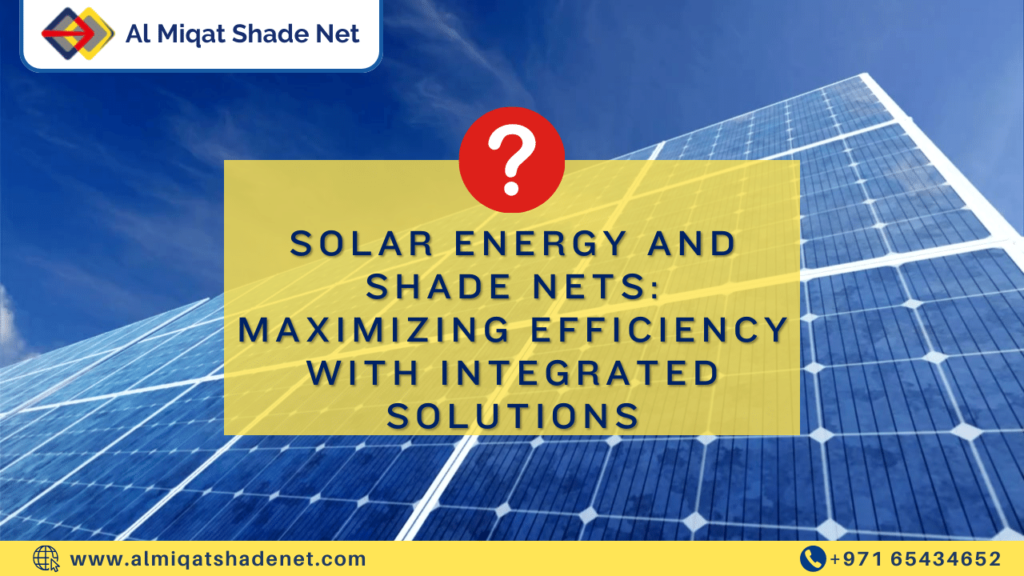The world is currently in a mix tackling various challenges posted by climate change, energy transition etc and hence there is an everlasting need for an innovative solution which can create efficiency and sustainability. In the field of agriculture, the mix of solar energy and use of shade netting can help enhance overall crop yield and simultaneously reduce environmental impacts. In this article we will discuss the scope involved in using both these techniques together as well as some of its benefits.
Crop Yield Enhancement:
Shade nets are widely used across the globe by farmers to create favorable conditions for growth of crops. By using these nets in its optimum position, farmers can not only create the climate required but also reduce the stress on crops caused due to changes in the environment. Thus shade net not only helps in agriculture but thereby creates an additional opportunity for solar energy creation.
Solar Energy:
Solar energy is a renewable source and it hold numerous amount of opportunity in enhancing agriculture output. Solar panels convert sunlight to electricity thereby bypassing conventional technique of energy creation. Thus using solar panels is cost effective solutions for farmers to avoid dependency on fossil fuels. Solar panels are also environment friendly.
Shade Nets with Solar Energy:
The combination of Solar Panels and Shade Nets works due to its complimentary nature. Farmers can install solar panels along with structures which hold the shade nets for crops thereby better utilizing available land. This effort not only increases resource utilization but also helps in minimizing land footprints.
Benefits of Synergy:
- Better utilization of available land resources
- Better overall climate in agriculture systems
- The energy produced using solar panels can help farmers offset their expenses thereby saving overall costs.
- The combination of shade nets and solar energy helps in reducing carbon footprints.


